Archive
2022
KubaParis
amphi(-)bian

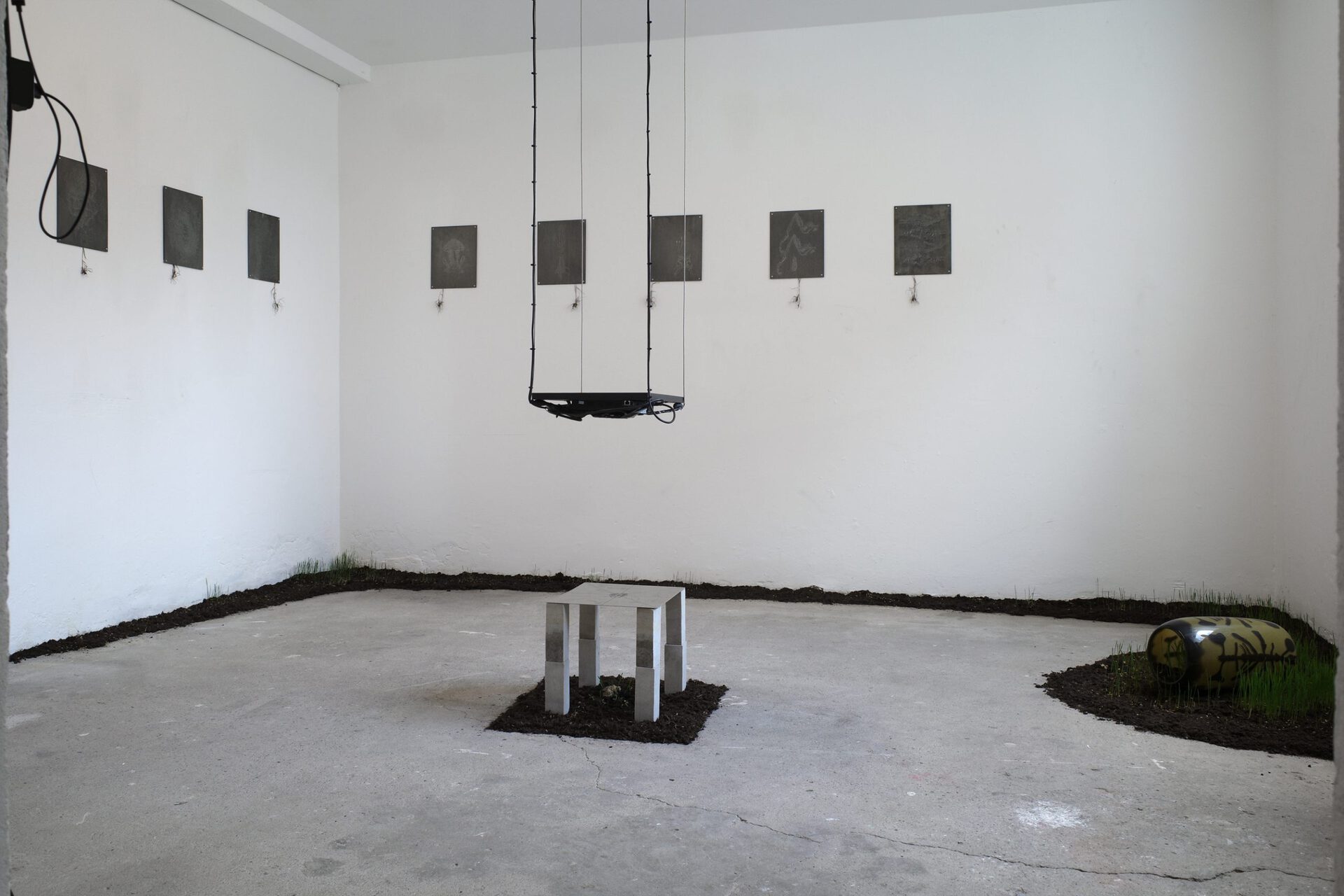


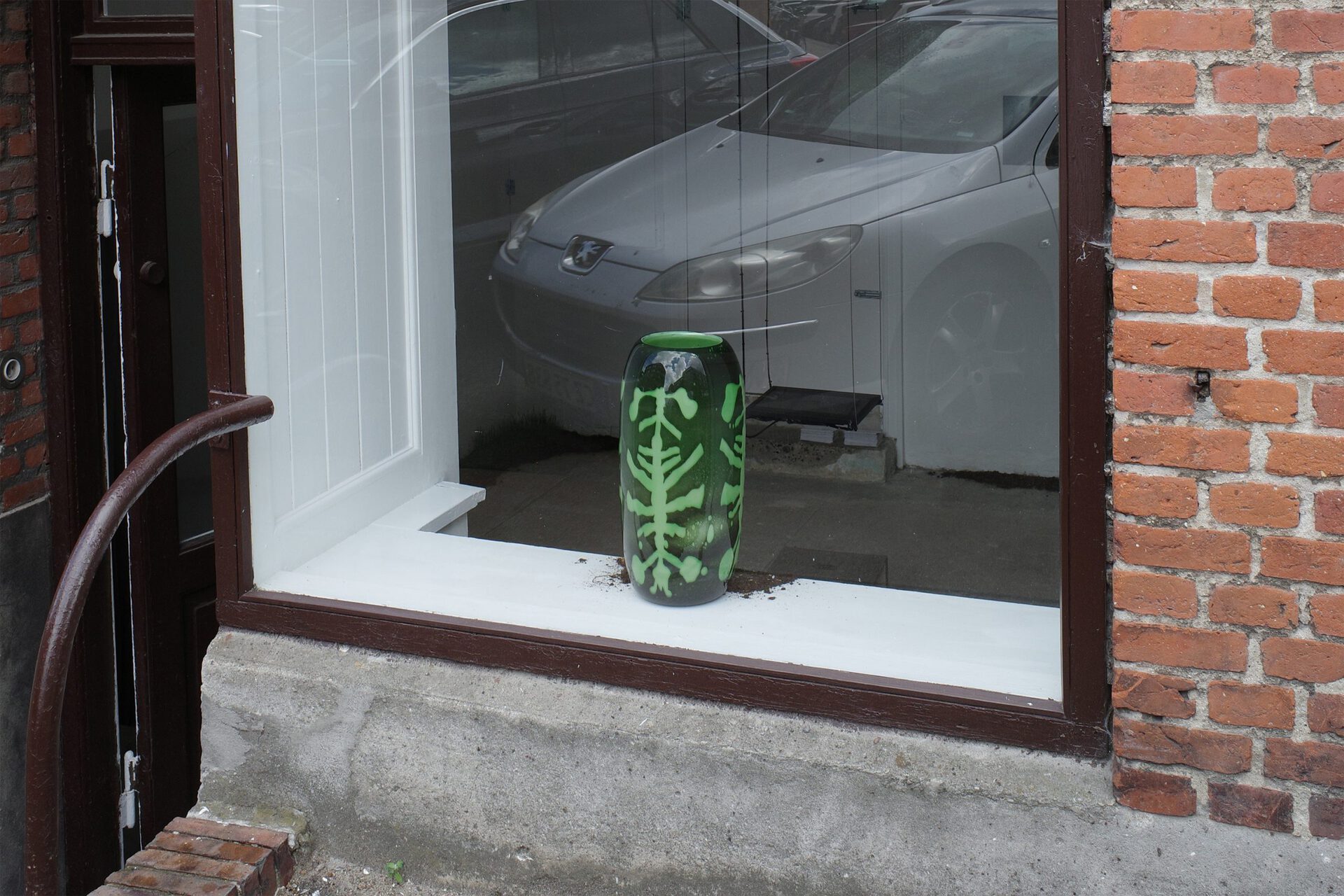

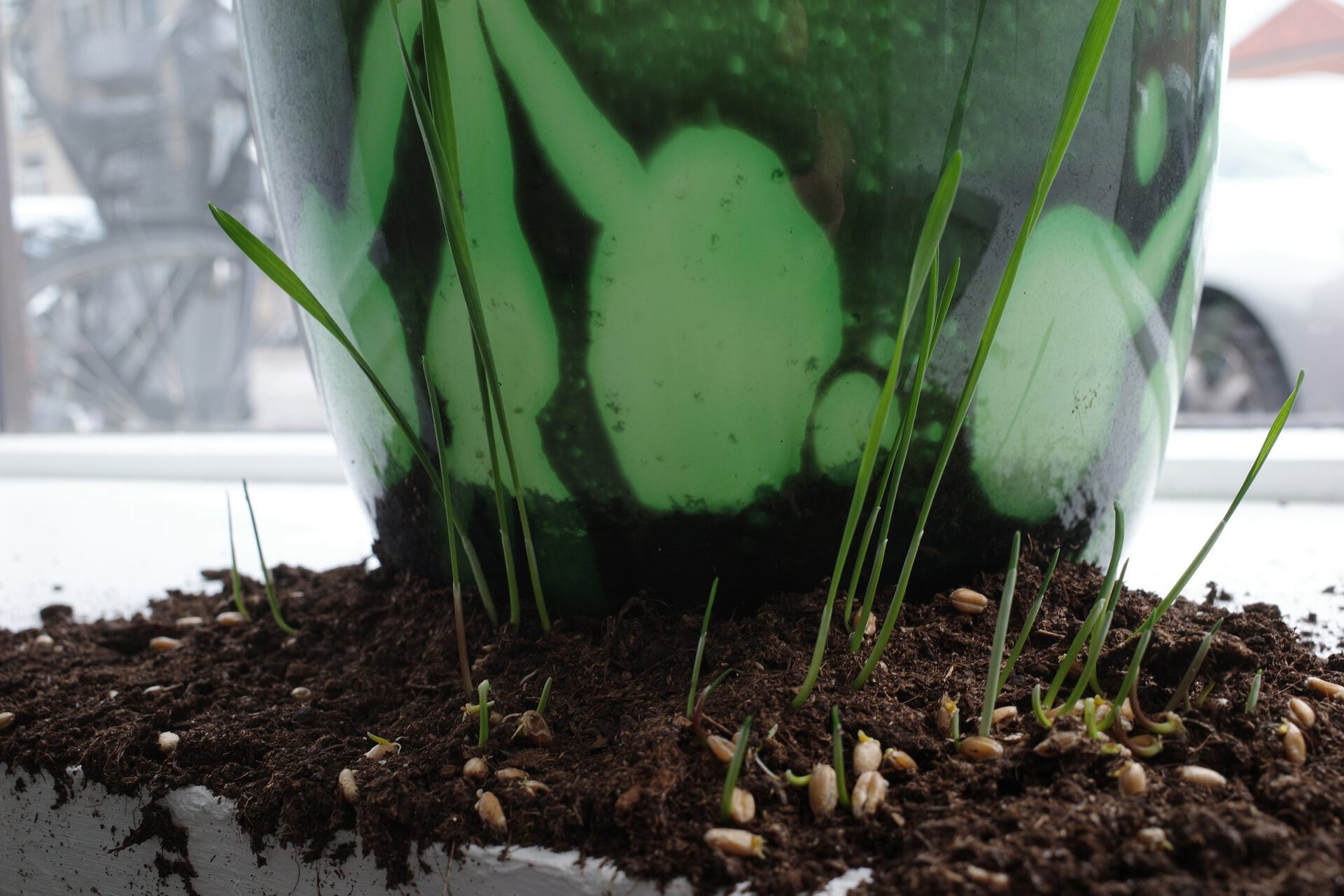

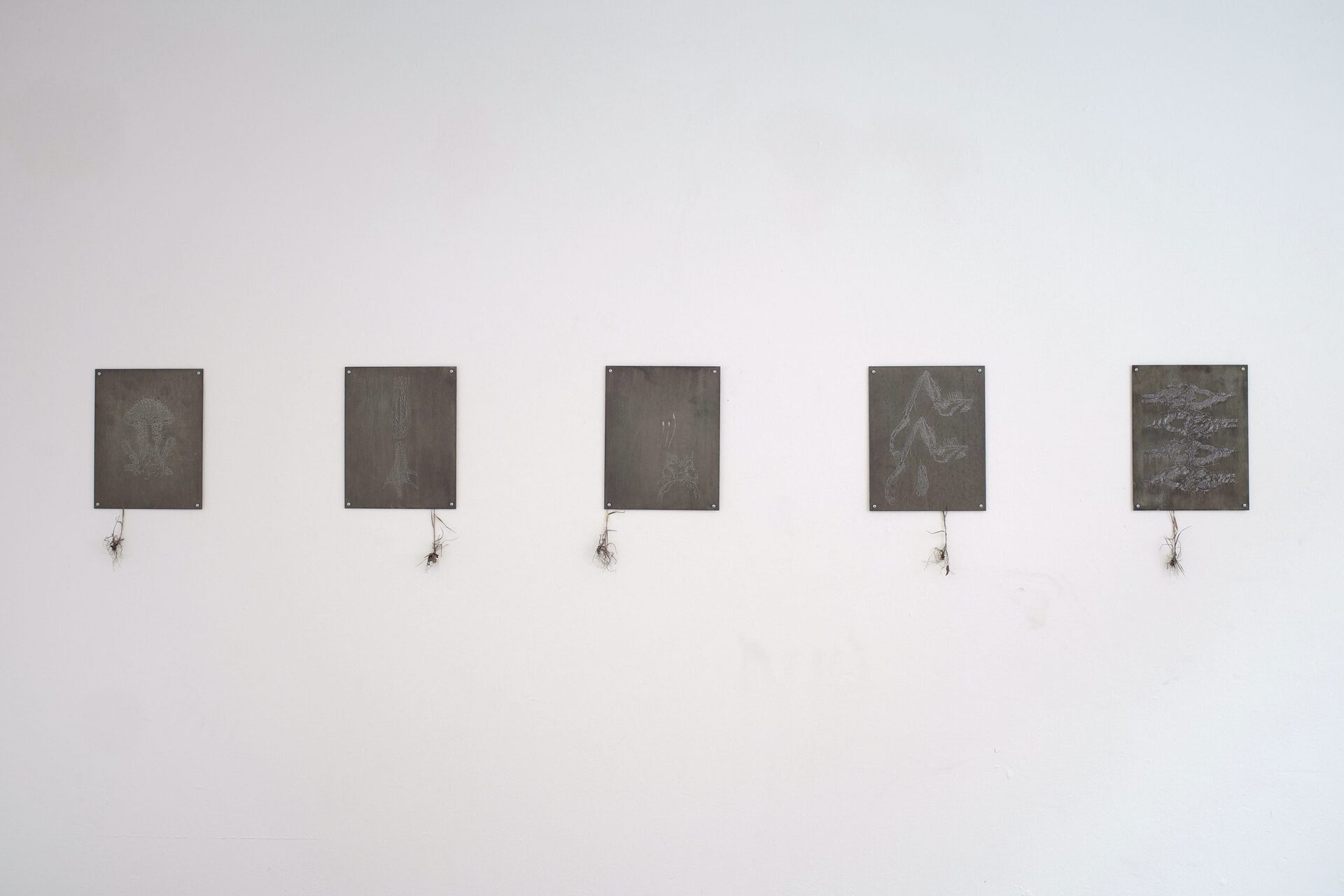

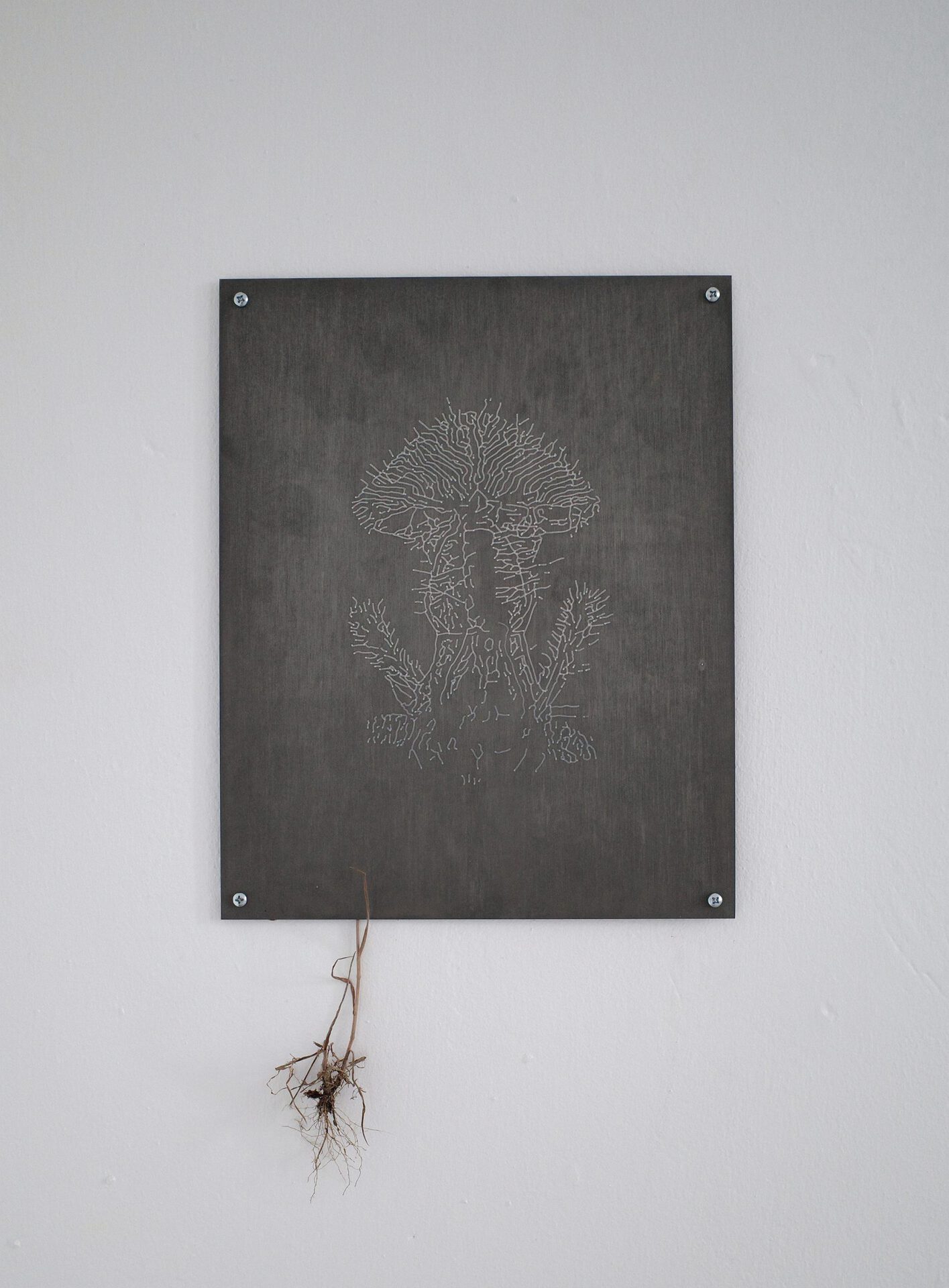
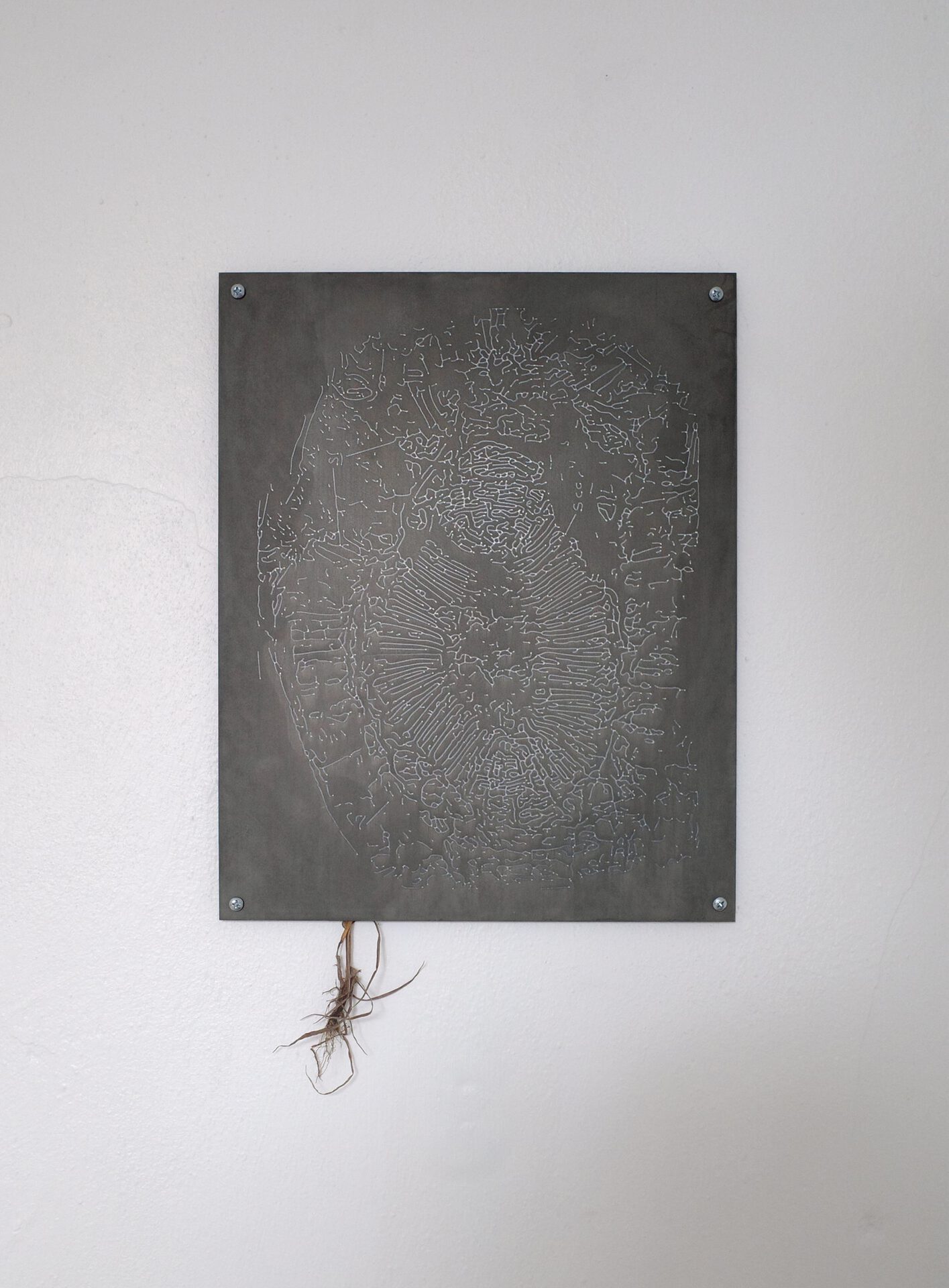
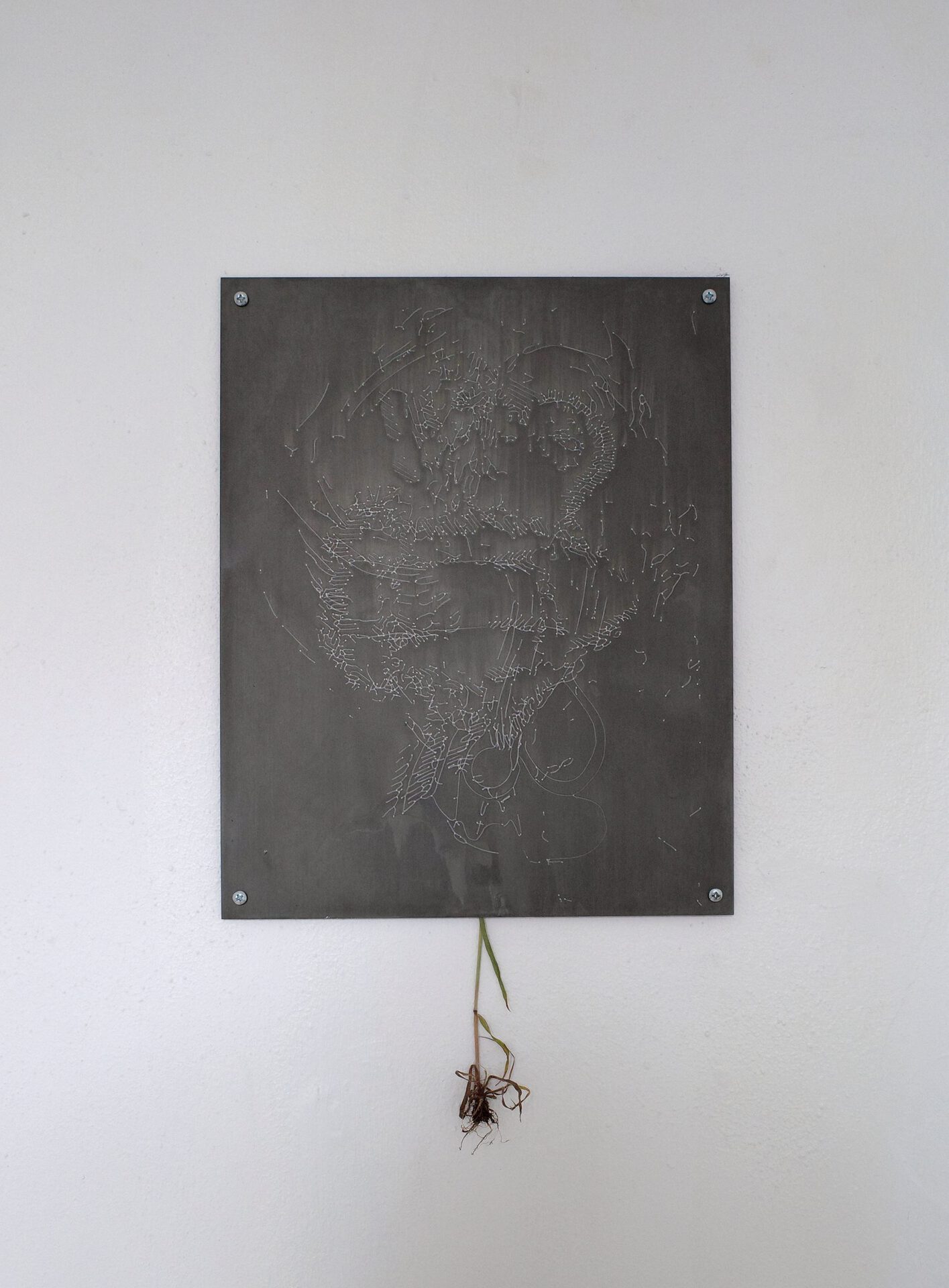
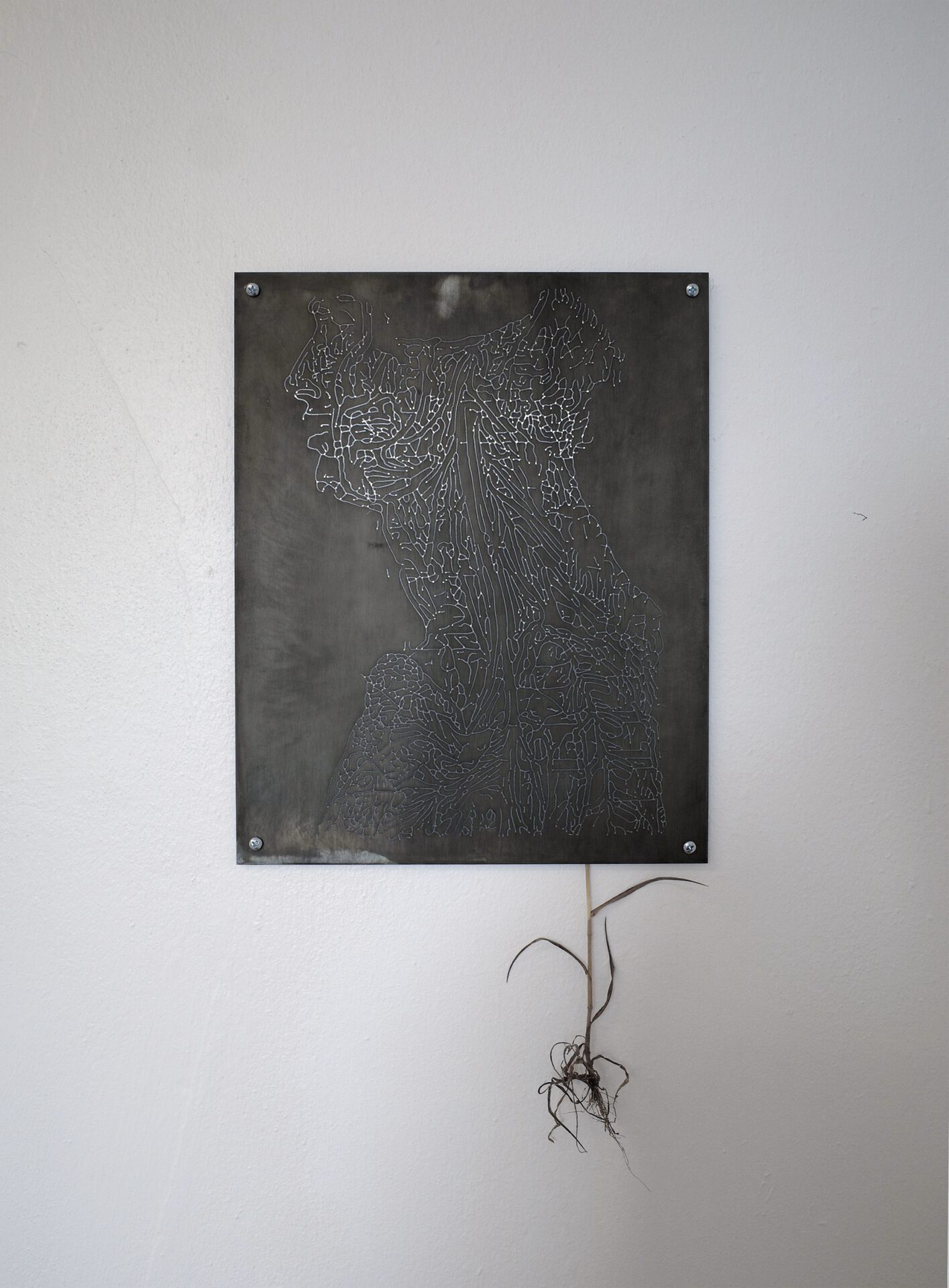
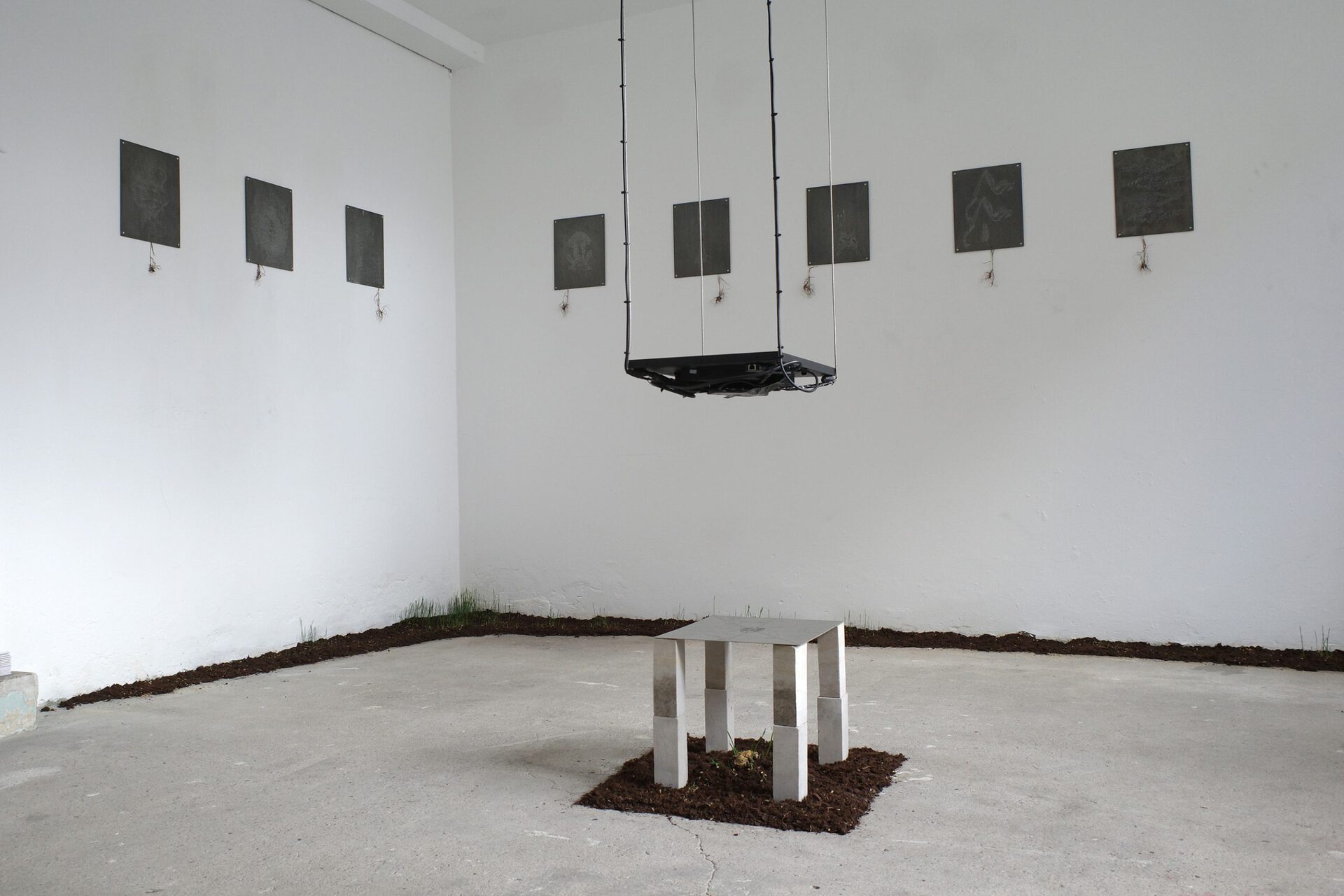
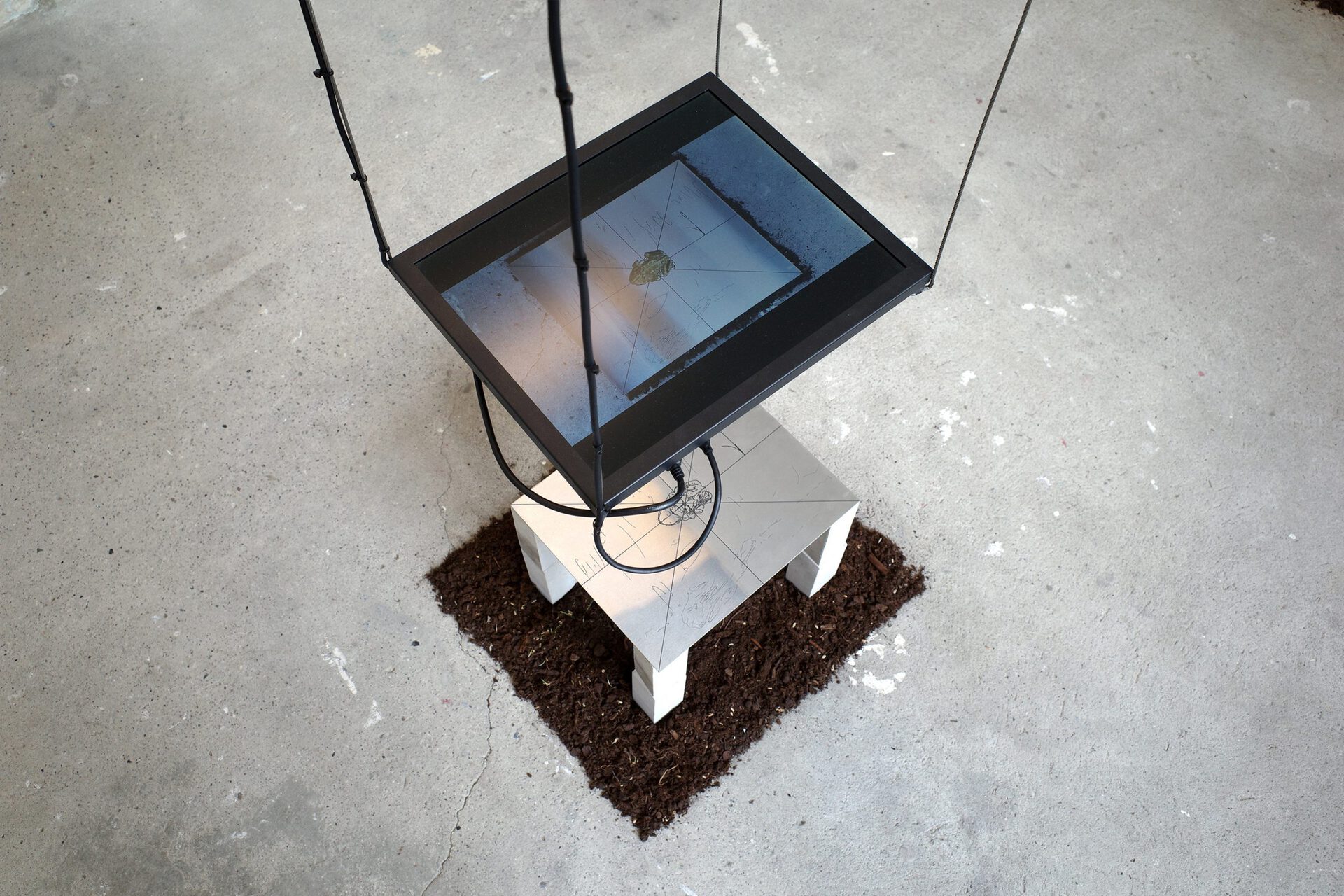

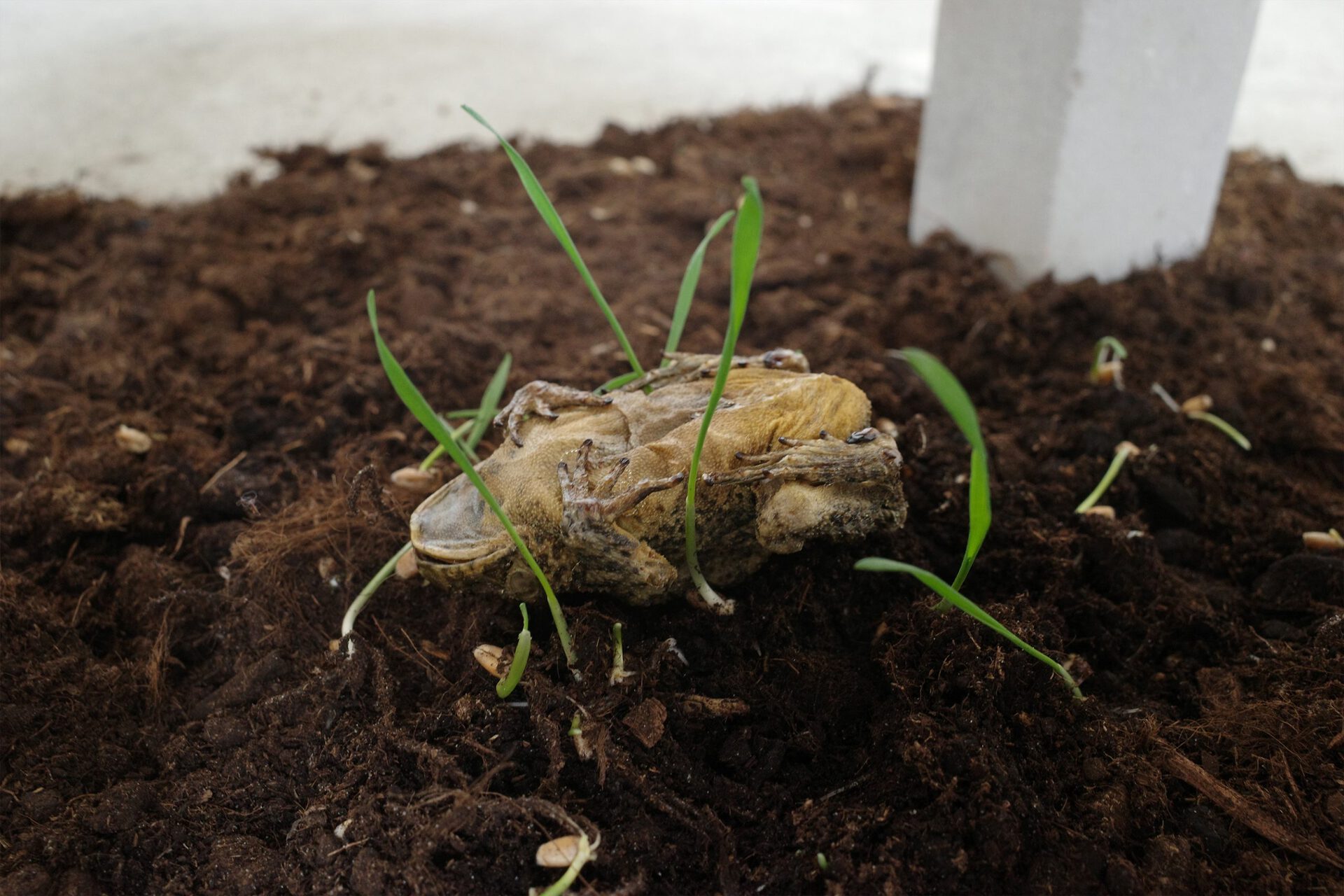

Location
OTTEDate
09.06 –23.06.2022Curator
Anders AarvikPhotography
Sofie Meta SchroederSubheadline
OTTE and Multipresent anti-aggressive communal computer presents amphi(-)bian. [the amphibian, that is, looking at a world that seems to be different from what you are] The communal production consists of Sofie Meta Schroeder (passport photo, curation), Nicolai Østergaard (3D artist), Kwame Melega (3D engineer), Sarah Bodil (print/graal residency), Peter Hermansson (glass), Clare Humphries (tutor), Rasmus Møller (editor for text excerpt), as well as Statens Værksteder for Kunst, Holmegaard Glasværk, Næstved Grafisk Værksted, Royal College of Art, Raadvad Stenhuggeri, Valentiles.Text
OTTE and Multipresent anti-aggressive communal computer presents amphi(-)bian.
[the amphibian, that is, looking at a world that seems to be different from what you are]
The amphibian is a vertebrate with four limbs and thin, glandular skin, and a machine that can operate in both water and on land, as well as a prefix (amphi-) indicating a double life, or something on both sides. In this exhibition, the term amphibian suggests a thinking space in which two or more modes of existence are possible, but also collaboration with machines and foregrounding doubt as a generative touchstone. Drawn from feminisms that treat the I as a multiplicity, together with the idea that something, or someone, can live in multiple contexts at once, the works move across and through various frames of reference, resisting definition in any singular space. They can be found in water|land, computation|hard copy, spirit|matter, and in the blurred boundaries between.
The communal production consists of Sofie Meta Schroeder (passport photo, curation), Nicolai Østergaard (3D artist), Kwame Melega (3D engineer), Sarah Bodil (print/graal residency), Peter Hermansson (glass), Clare Humphries (tutor), Rasmus Møller (editor for text excerpt), as well as Statens Værksteder for Kunst, Holmegaard Glasværk, Næstved Grafisk Værksted, Royal College of Art, Raadvad Stenhuggeri, Valentiles.
The exhibition is supported by
Copenhagen Municipality
| ¦
[an object breaks]
(an amphibian lies on its back, its joints are dried)
(a hominid lies on its back, its joints are missing)
solution 1: replace the corpses if these were destroyed
solution 2: the original function of the statuette
[several objects are born]
(the autonomous nervous system consist of temporary autonomous zones)
the spine is a pillar of bone, each organ is connected to each bone.
[an object is initialised, it starts outside, recorded through the eye]
(eye, nostril, head, further in)
the amphibian, it must be examined in the school lab, the meat must be fresh, incision for dissection. It may be stuffed or mummified, sent by post to Denmark, where it will be used in an arbitrary workshop.
the amphibian, that is, looking at a world that seems to be different from what you are.
(your eyes are now closed)
a hominid, it lies on its back, its joints are missing. The legs and arms stick straight up in the air, be careful they do not break. Take a piece of MDF, lay the body on top, and make sure the wood has a margin on all sides of at least 10% of the body length. Once placed, draw an outline of the body, then displace it. Now you need to draw the filling. Make sure the body is located close to where you draw so you can get as accurate a picture of the body as possible, however, it is important that you draw without additional technical assistance. Then 4 columns of an arbitrary material are integrated with each corner of the MDF board. They must be high enough to accommodate the body below. Place the body under the MDF board, on the back, so that the drawing is 1:1 with the body in one compressed layer. It is now preserved through a representation of it, the body is enabled.
(your eyes are now open)
visualise something in the space in front of you: visualise an algae-covered toad on the nearest surface, on the floor, or on a table.
something appeared. Some may see something vivid, for others it is a subtle impression or a vibration, however, something happened. It is a thought that appears in your visual field. This is a construction that has the quality of a dream. In our waking life, the brain does the same thing that it does while we dream, however, it is constrained by data that comes in from the world, however, everything you see in the world, as the world, is shown by virtue of what your brain does, and everything occurs in the same space where something can be seen. It's right here. A unified space where everything that can occur, occurs. Mutations occur, from moment to moment.
(your eyes are now closed)
instead of losing the connection to your visual field, you are now staring into the darkness of your eyelids. Your eyes stare concentrated into your skin, its nothingness, that can have a carnal quality. This is also your visual field, just as much as what you saw with your eyes open. It may be vague, it can be forgotten, however, there is a lot to see here —
the amphibian, it seems to be different than you are, however, its alienation is conditioned by the same space.
Anders Aarvik